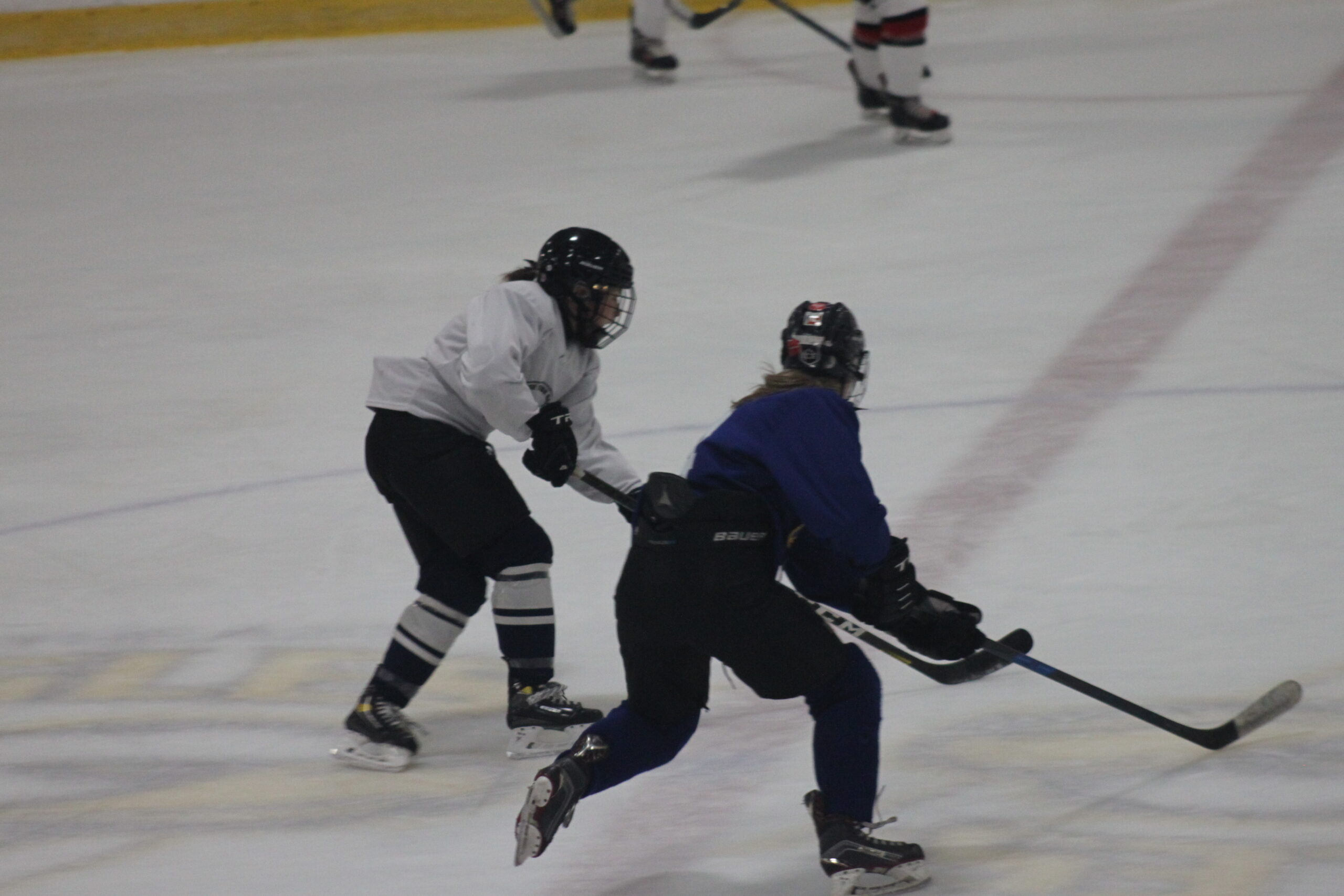

Lets address the elephant in the room – defence is pretty boring. Sexy defence doesn’t grace the reels of Instagram or ‘for you’ feeds of Tik Tok. But defence wins championships and often separates players in tryouts. Wanna have a better chance at making teams moving forward? Pay close attention to these 3 simple tips. Read on.
Tip #1 – Keep your stick on – or very close to – the ice. The hockey stick is – far and away – the most important tool that a defender has. I watch a lot of hockey – from U13 to the NHL level – and it is amazing how many players immediately raise their stick into a ‘lacrosse position’ after the puck is turned over and their team is now on defence. When forechecking, our stick should help us guide the puck carrier into a space where we have support, preferably to the strong side boards. In 1v1 situations, using our stick to separate the puck carrier from the puck should be the #1 priority. In the defensive zone, your stick should take something away – specifically an opponent or passing lane.
While I understand that the little arm extension/pseudo cross check is en vogue right now, it should be used quickly/efficiently before getting your stick back down to ice level.
Tip #2 – Communicate. Verbal communication. Some teams employ man coverage across the board in the defensive zone now a days, but even if you’re playing zone coverage, there are components of zone coverage that employ man-to-man (strong side corner is standard 2v2, man-to-man coverage). Defence becomes easier when you communicate switches, and tell your team mates ‘I have number 8 take 6’ in the defensive zone. There are so many other situations that communication will serve you well, but it is something that is under-utilized in hockey. Think about how many times 2 defensive players go to the puck-carrier in the defensive zone – communication helps alleviate this.
Tip #3 – Keep your head on a swivvel. While it would be cool to be an owl and have the ability to rotate your head 360 degrees, the human anatomy just don’t work like dat. Head on a swivvel means ‘don’t stare at the puck too long when defending’. A.K.A ‘puck-watching’. Puck-watching is a common cause of goals at the NHL level; if you don’t believe me, focus on the mistakes being made on most goals that are scored in bang-bang, low-to-high fashion. Or in net-front scramble fashion. Find the puck, find your man. Over… and over. That’s the mindset. Life hack – if you keep things in front of you, it is a lot easier to look at the puck, then look at your man.
Lets take a closer look at NL BCHL’er and recent NCAA commit Reegan Hiscock’s recent assist vs the Langley Rivermen (thanks Instat). A couple of things to consider from a defensive viewpoint – sticks not in defensive passing lanes allows Hiscock’s pass to get across to the back door. Likely poor communication – we should see the defender in the net front communicating to his weak side winger to take the back door as he approaches Hiscock in the slot. Have a look.
